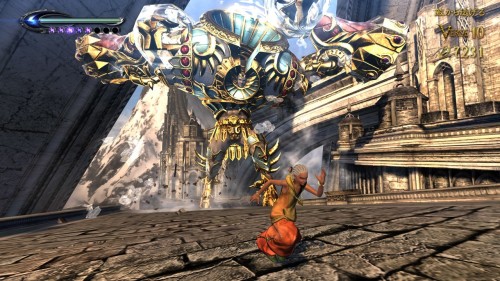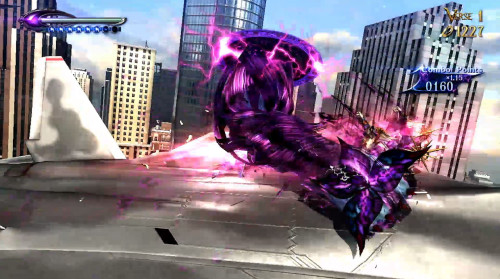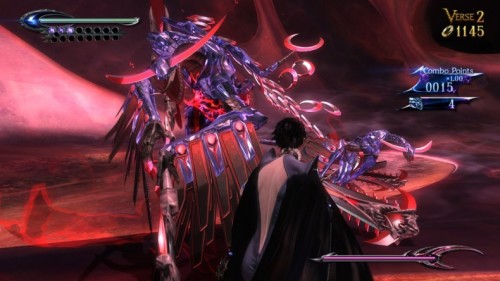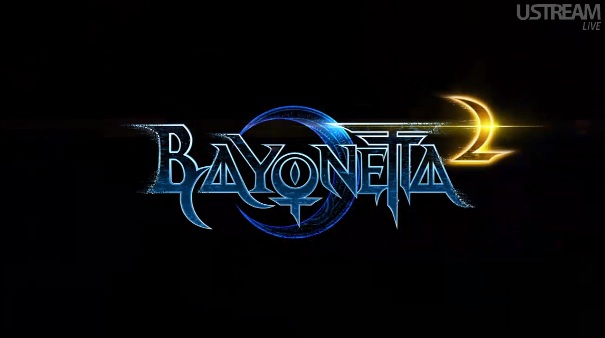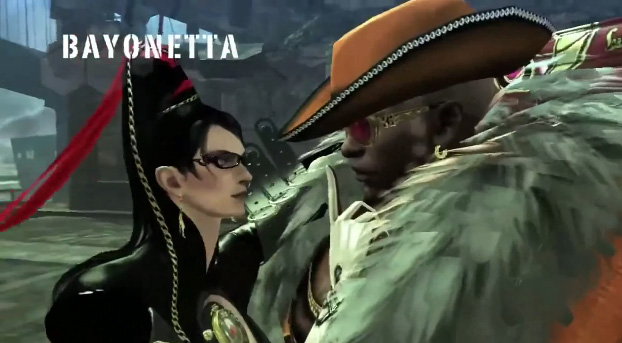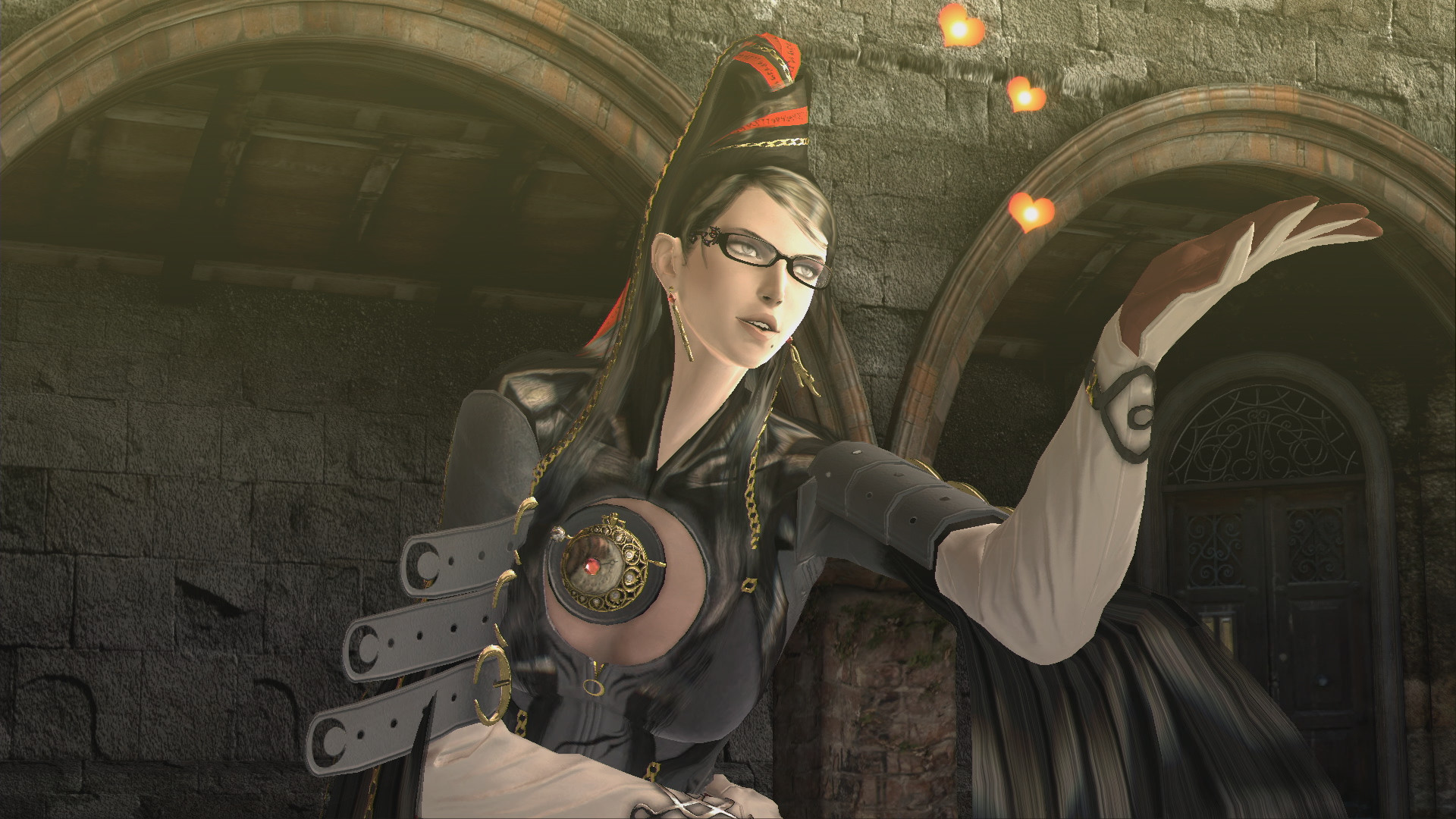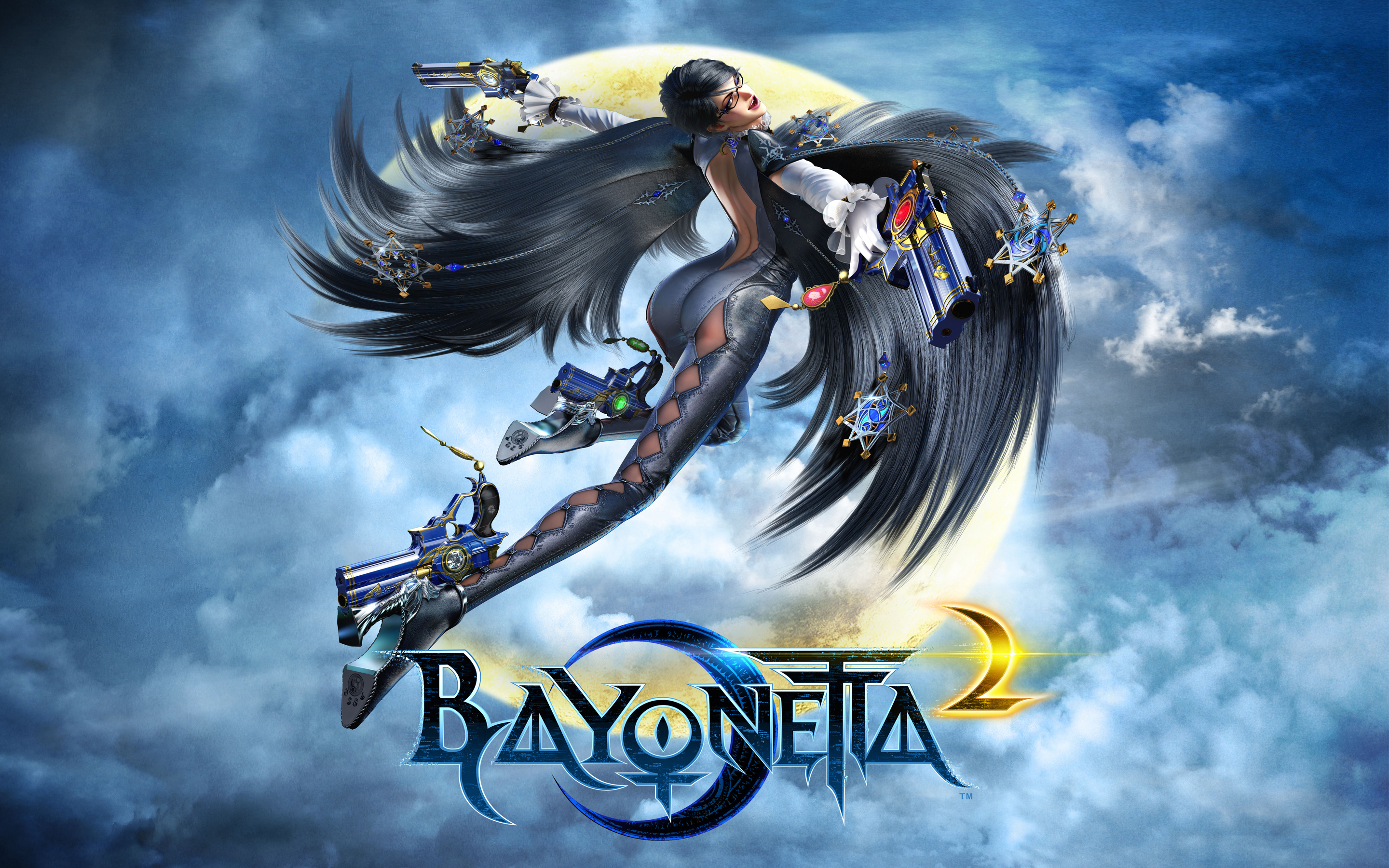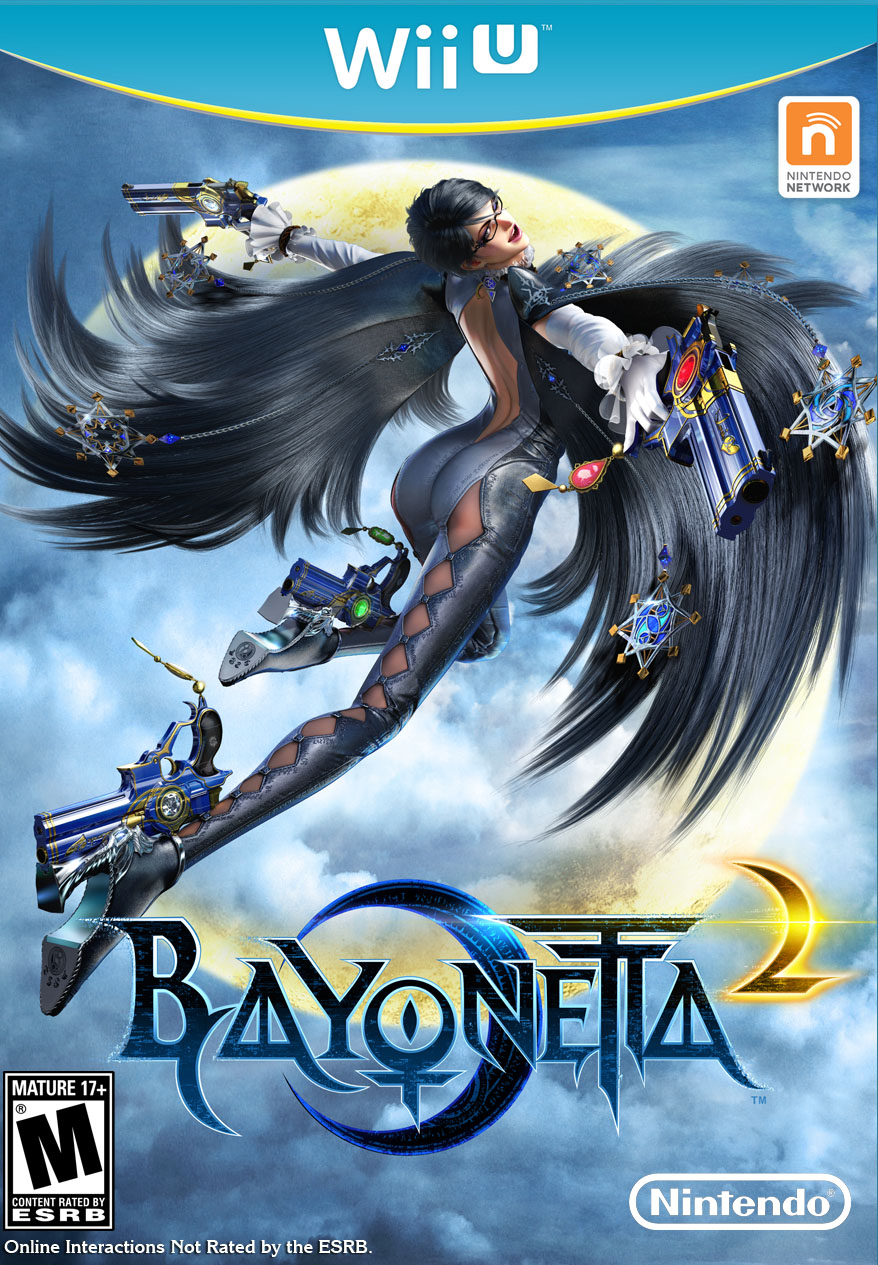
This is going to be hard. How on earth do you even begin talking about Bayonetta 2? I could start by saying that the original Bayonetta is easily one of the greatest video games of the past generation, that it’s come to be the standard by which all games of the genre are judged, and that any possible sequel has a lot to live up to.
Or I could just flat-out tell you that the sequel delivers on everything you’d hope a sequel to Bayonetta would deliver. I think, on balance, I’ll go that way. This is, no question, as near-perfect a sequel to the original as you could hope for. If that’s all you came here to hear, then you can walk away happy.
Bayonetta 2 is, however, not just more Bayonetta. In fact, one of the most impressive aspects of the sequel is that it manages to carve its own path without surrendering all the craziness that comes with being a Bayonetta title. The combat feels just a little bit tighter, a little bit more accessible, but still fundamentally like its predecessor. The set-pieces are even crazier than the first game, and there’s occasionally so much going on that its easy to lose yourself in the action.
The big new addition to the combat is the Umbran Climax system. This system gives the magic meter something else to do beyond powering torture attacks. When the meter fully charges, Umbran Climax becomes available, giving you unlimited power attacks for a short period. The downside is that torture attacks are not available while its active. The overall consequence of this is that torture attacks themselves are far less common. This means that combat isn’t broken up so much by torture attacks, but it also means less bonus halos.
The great thing about Bayonetta 2 is that it, while it could never be accused of being boring, it also never wears you out. The game knows exactly how to pace itself to keep the action at just the right level, flowing from one scene to the next with just enough time to catch breath before tearing up more enemies. Cutscenes, most still told in that unusual motion-comic style, never go on for too long, and the side activities, like the special challenge portals hidden through out the world, are structured to be fun but also easy to leave or retry if you fail.
The game has received a moderate visual upgrade over its predecessor. It looks fantastic on the Wii U, and generally runs at a smooth 60 frames per second, dropping only when the action gets too frenetic for the Wii U’s GPU and not by much even then. In the current climate of controversy over framerate and resolution, Bayonetta 2 is another cap in the Wii U’s crown. In a game where reflexes and timing are so important, this consistency is very much appreciated. The game also has an excellent soundtrack, and the inclusion of the Japanese voice track is welcomed.
Now it’s time to address the large and oddly proportioned elephant in the room. This is the problematic presentation of Bayonetta 2’s heroine. Yes, she kicks huge amounts of arse, she takes no shit from anyone and is unabashed in presenting her overt, perhaps even exaggerated, sexuality to the world. But then the game spends inordinate amounts of time objectifying her, with ridiculously posed crotch-shots, panning body shots and other explicitly suggestive poses.
“But Tim,” I hear you cry as you start typing furiously into Twitter’s new post field, “can’t you just set all that aside and enjoy the game for what it is? Why do you have to bring all this feminist stuff into it? It’s just a video game for crying out loud!”.
Sure, I could do that. But to do so would be to ignore one of the most important aspects of Bayonetta. This is a series that has always done this, and it was problematic back in 2009 as well. Don’t get me wrong— I love the games to bits, but I’m also a middle-class white Australian male who has never had to deal with the continuous assault of sexualised images of other people of my gender that society presents as somehow normal. I’ve never had to internalise the idea that I’m somehow and object to be used for the gratification of other people. I’ve never been made to feel, by society, that I don’t measure up to some idealised version of myself. There are, however, a large portion of people out there who do have to deal with that, and I can fully understand why they might look at Bayonetta 2’s lingering introductory crotch shot and think “you know what? I get enough hypersexualised images of my gender pushed at me in my day-to-day life. I don’t need to see more. I think I’ll pass on this game.”
And that’s totally okay. I’m not going to say “But you’re missing out on one of the best games of this generation, if not of all-time!” Because it doesn’t matter how good a game is if you feel uncomfortable with its content. Especially if the game isn’t setting out to make you uncomfortable, which is the case with Bayonetta. I highly doubt the developers, as great as they are, have really understood the meaning of their own imagery here. It’s just a consequence of an industry where one kind of voice dominates over everything else.
The important thing is to recognise that there are problems with Bayonetta 2, and that those problems are going to affect some people’s ability to enjoy the game. You may not be the kind of person who is put off by it, and I certainly am not, but that doesn’t mean we should look down upon those who find the game difficult to enjoy because of them. Video games are as diverse and amazing as the people who play them, and there’s something out there for everyone. Bayonetta 2 just happens to be the exact something I like, and I’m okay with it if that’s not the case for you.
All the Bayonetta action you could wish for
Glorious 60fps
Problematic sexualisation of main character
Final chapter not quite as crazy as the first game

